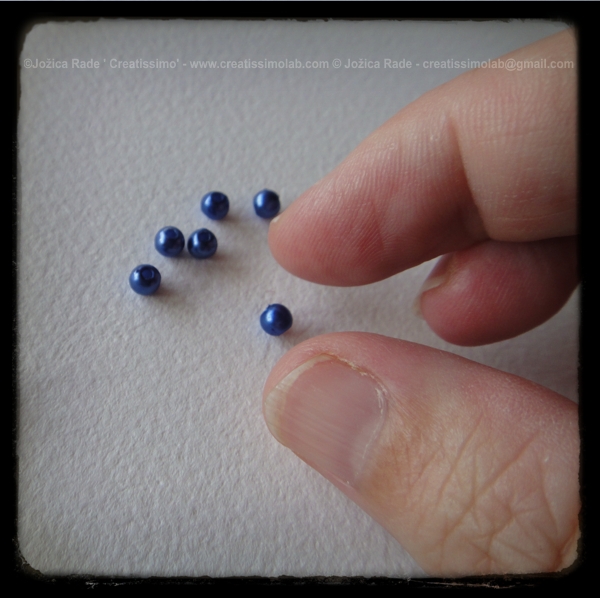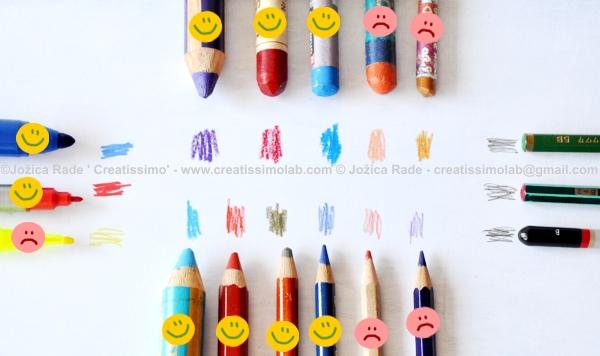We're back... - to school. This time we will show you how we take care of our paint-brushes with kids.
We tell them they should not leave the paint-brushes in the water, because the brushes' hair will change shape:
They should put them out and leave them on a cloth:
[It is a bit different for acrylic paint, but since we usually don't use acrylic paint with kids, we teach them this way (for working with watercolors or tempera paint).]
Every time we change the color or want to clean the brush, we dip the brush into the water and push it hard to the bottom of the cup:
Then we wipe the paintbrush on the cloth (if there's too much water on it):
When we're done with painting, we usually clean our paint-brushes with a soap:
And then we wash them under running water:
That's why it's very important to use quality paint-brushes, so that they 'survive' all the painting and the cleaning process and serve us well.
We hope you find this information useful, so now you're all ready to have fun with the paint and with your kids :)! Enjoy!




















